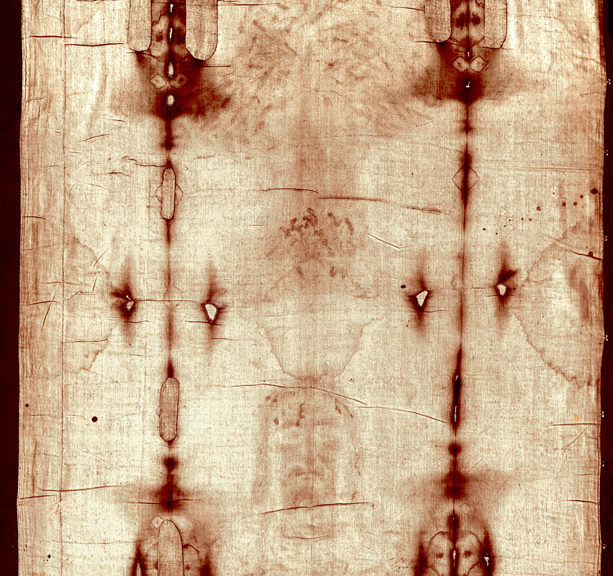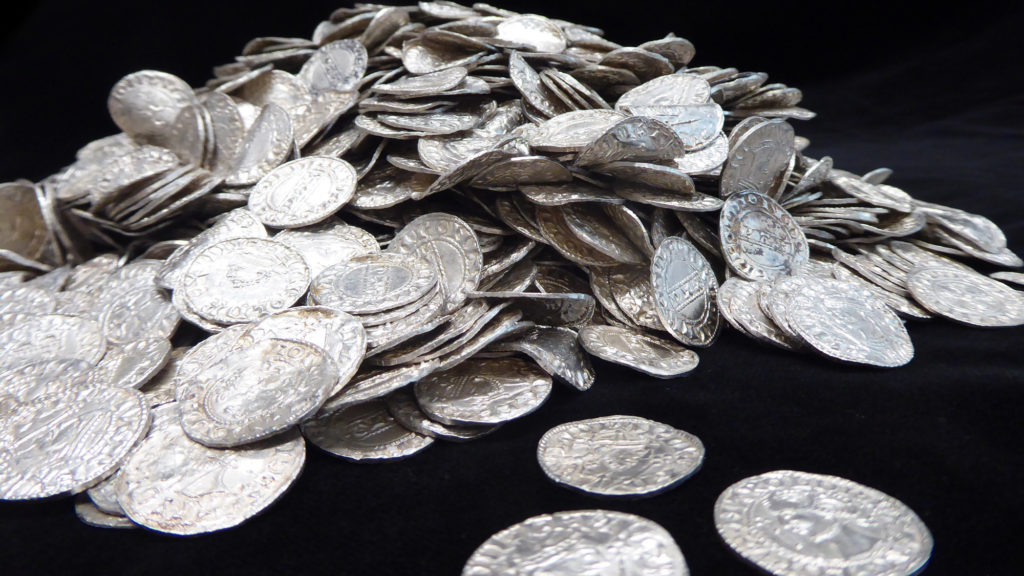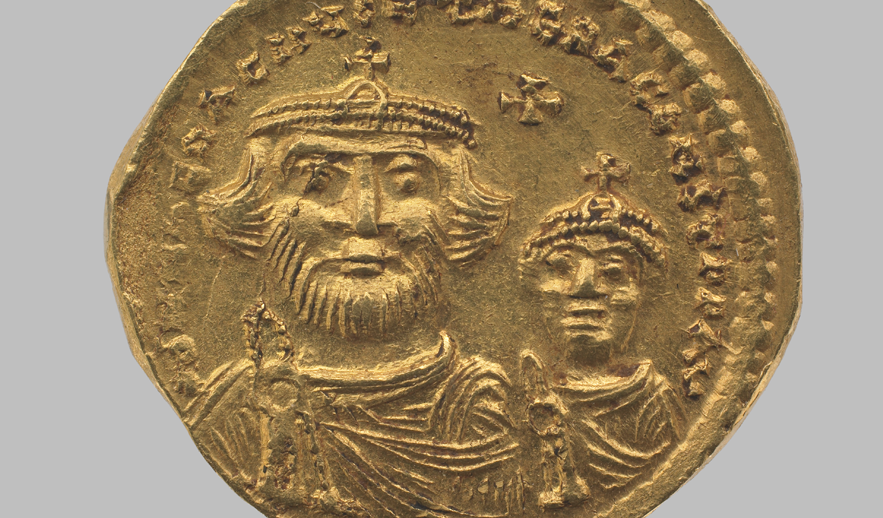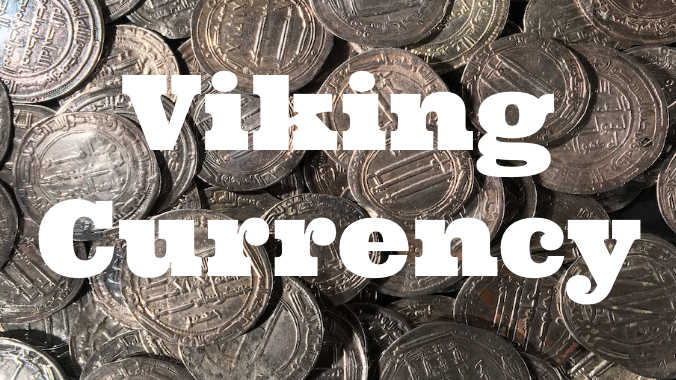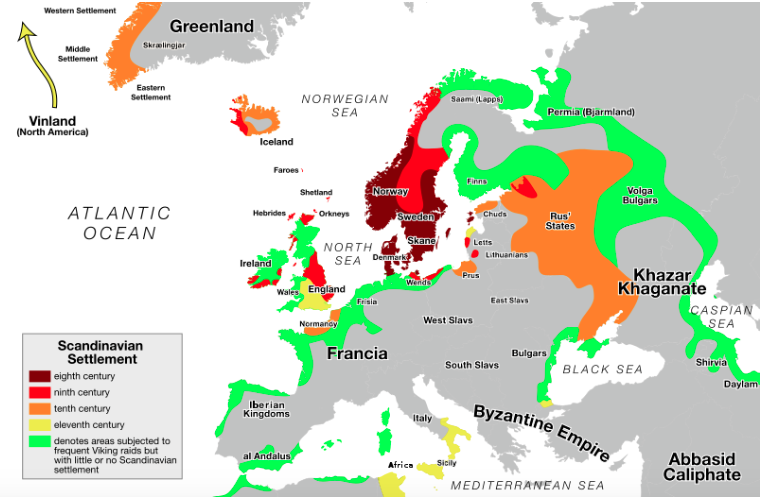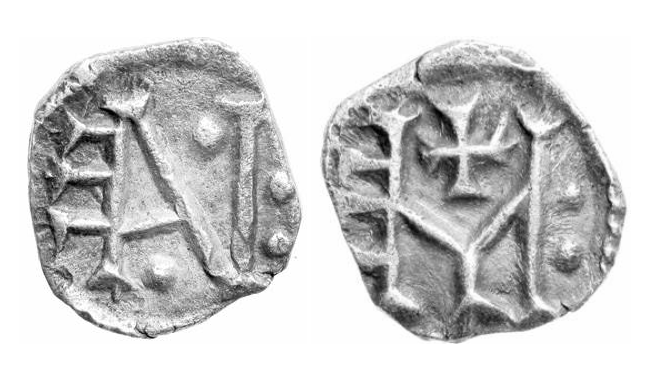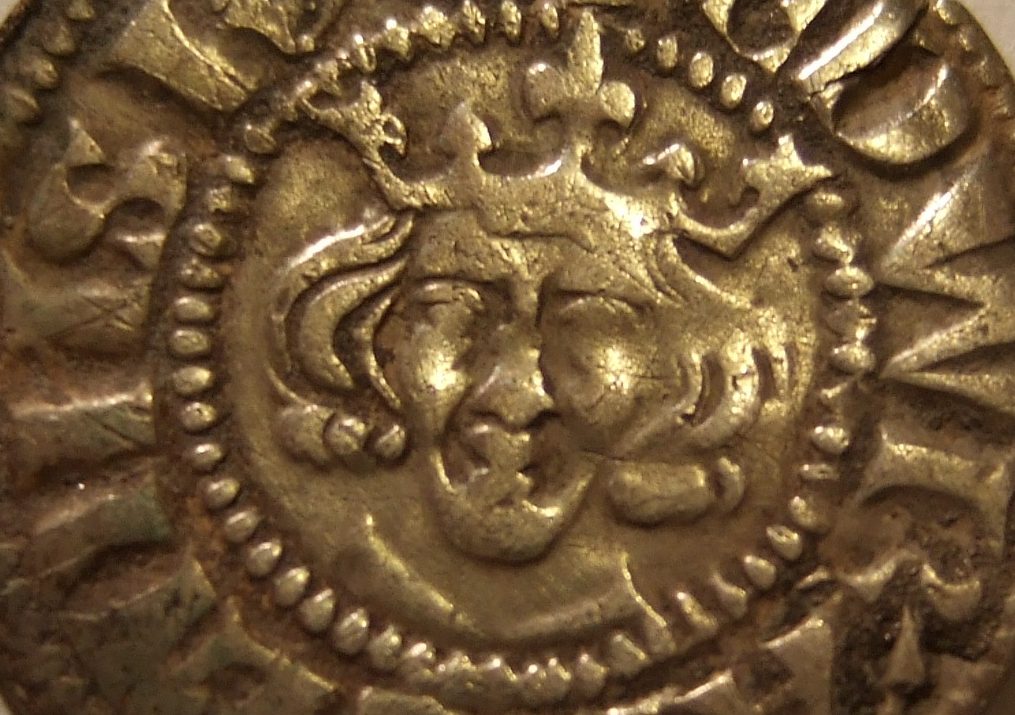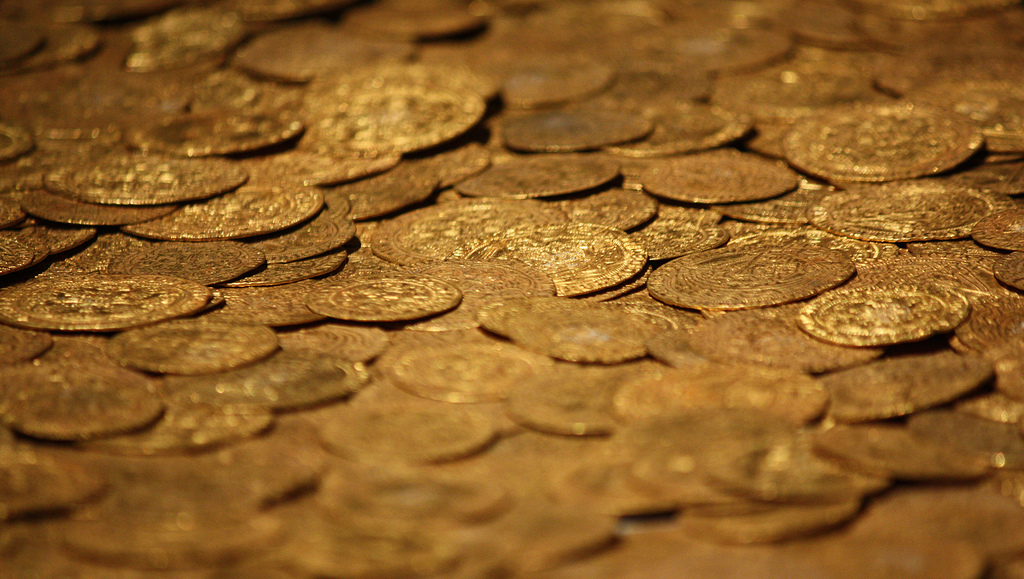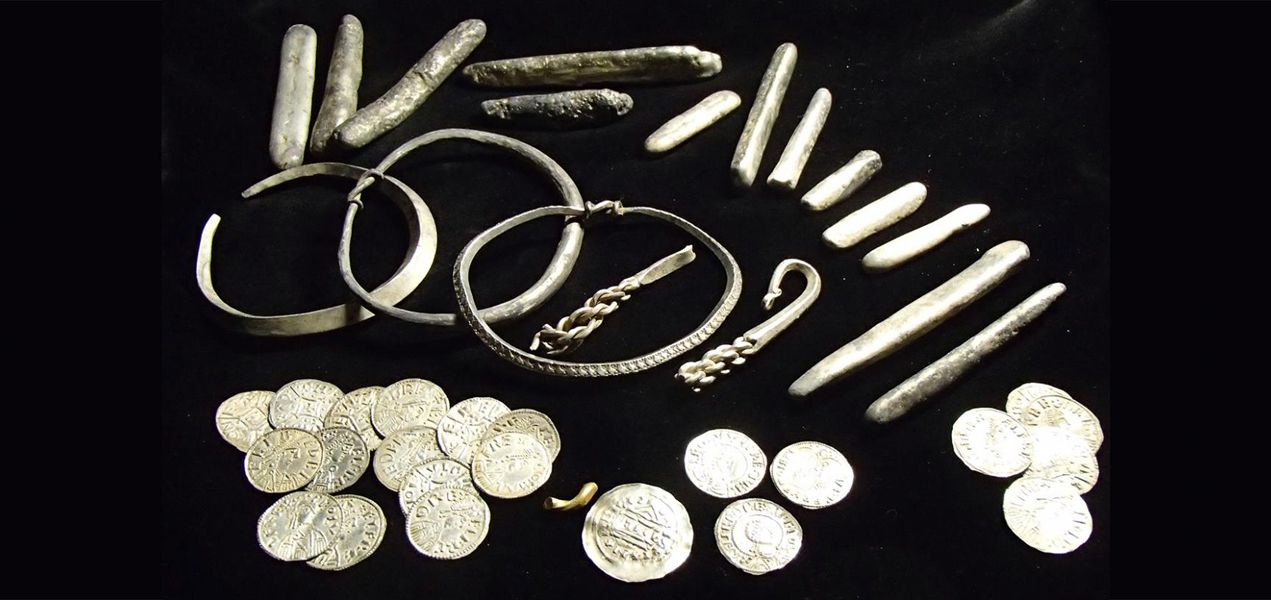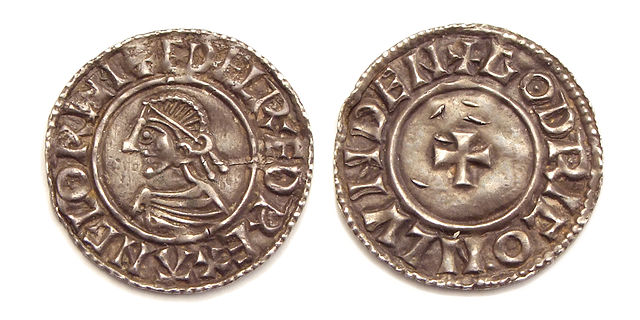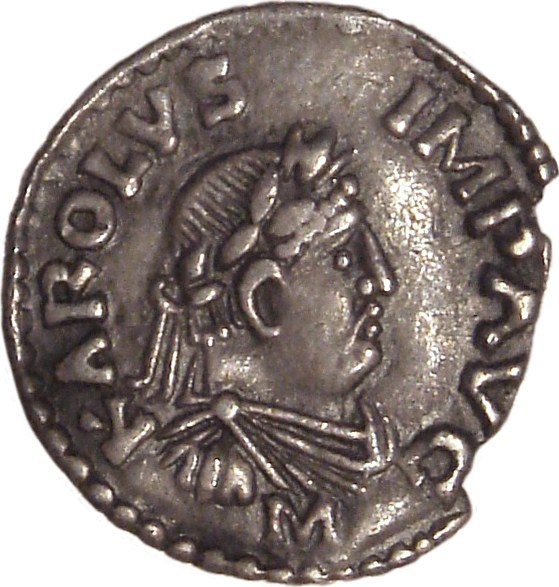Rare 12th century English coin to be auctioned
If you have about £10,000, you can buy an extremely rare silver penny next month.
‘The big problem of the petty coins’, and how it could be solved in the late Middle Ages
To the modern eye, late medieval monetary systems exhibit a number of baffling complexities
Gold coins dating back 1200 years discovered in Israel
Israeli archaeologists have discovered a set of seven gold coins stashed in small clay juglet. The coins date back to the ninth century.
The Shroud of Turin was in the Byzantine Empire before 1204 AD, researchers suggest
Could the Shroud of Turin have been displayed in the Byzantine Empire before the thirteenth-century? A pair of Italian scholars suggest so, basing their theory on micro-particles of gold found on the famous cloth
Huge Anglo-Norman coin hoard discovered in England
A massive hoard of over 2500 coins dating back to the eleventh-century has been discovered in southwestern England. It represents the largest discovery of coins from the period following the Norman Conquest in 1066, and preliminary estimates are valuing the hoard at £5 million.
Trans-Saharan gold trade and Byzantine coinage
This article suggests that minting at Carthage of the Byzantine gold coins known as globular solidi was related to the acquisition of metal through developing trans-Saharan contacts.
Viking Currency
Buying, selling and trading in the Viking Age, and how hoards are different over the centuries.
The Land of Darkness and the Global Middle Ages
Why do we find coins from Central Asia and silver from Iran in Lincolnshire? What prompted medieval people to pack up and look for opportunity and adventure elsewhere?
What does ice from the Alps tell us about coins in the 7th century?
A new study has found ground-breaking evidence from an ice core in the Swiss-Italian Alps that proves the 7th century switch from gold to silver currencies in western Europe actually occurred a quarter of a century earlier than previously thought.
Medieval Geopolitics: The Medieval “Fiscal Revolution”
So far in this series, we have talked about medieval “revolutions” in military power and judicial authority. A third great change in the late medieval era was in the control of money.
Image and Art on Medieval Coinage
There is no question that coinage was a major part of the visual material world of the Middle Ages. Whether that qualifies it as a major art form, or an art form at all, begs the distinction between material culture and art.
The Watlington Hoard: The Viking Treasure that Marked the Foundation of England
Having you ever visited and been dazzled by Anglo-Saxon collection at the Ashmolean Museum, a priceless treasure hoard that the Museum has fought hard to keep earlier this year?
1,000 year old silver treasure hoard discovered in Denmark
Over 550 silver items have been discovered on the Danish island of Omø. The hoard is believed to date from around the reign of Sweyn Forkbeard (986–1014) and includes coins and pieces of jewellery.
Bucks County Museum looking to acquire Lenborough Coin Hoard
Late last year, over 5200 silver coins was found by a metal detectorist in England. Now, the public will get a taste of this hoard, when 21 coins go on a special exhibit at at Bucks County Museum.
Small doors on the Viking age: The Anglo-Saxon coins in Norway project
Dr Elina Screen here discusses her work on the ‘Anglo-Saxon Coins in Norway’ project – a collaboration between the British Academy’s Sylloge of Coins of the British Isles (SCBI) research project and the Norwegian partner museums.
Gold coin hoard discovered off Mediterranean coast
Nearly 2,000 coins, the largest treasure hoard ever discovered in Israel, was found a few weeks ago in the waters off the medieval port of Caesarea.
Huge Anglo-Saxon Coin Hoard goes on display at British Museum
The Lenborough Hoard, which consists of over 5200 coins from Anglo-Saxon times, is now on display at the British Museum. This discovery highlights the ongoing importance of the Portable Antiquities Scheme, which just released its 2012 Treasure Report.
Over 5000 medieval coins discovered in England
5,251 silver coins dating back to the 11th century were discovered last month on a farm in Buckinghamshire, England. It is thought to be one of the largest hoards of Anglo Saxon coins ever found in Britain.
Charlemagne’s Denarius, Constantine’s Edicule, and the Vera Crux
In 806 a much-discussed silver denarius bearing the likeness of Charlemagne was issued. This is called the “temple-type” coin due to the (as yet unidentified) architectural structure illustrated on the reverse side, and which is explicitly labeled as representing the epitome of “Christian Religion.”
Money and trade in Viking-Age Scandinavia
This paper addresses the question of how money was conceived and used in trade in the Viking Age and before, but starts with some brief reflections on the role of gifts.
Newest Irish coin features medieval landmark
The coin features the Rock of Cashel, the traditional seat of the kings of Munster.
Western Turks and Byzantine gold coins found in China
In general, before the 1980’s, most scholars treated these finds as evidences for the frequent connection between Byzantine and China, which could be further associated with the seven-times visits of Fulin (Rum) emissaries recorded in Tang literature. However, after the 1980’s, more and more researchers tended to take these gold coins as a result of prosperous international trade along silk road.
Did medieval sailors reach Australia?
Archaeologists hope to unravel the mystery of how coins dating back to the 10th century were found off the shores of Australia.
How the Medieval World Adapted to Rise of Islam
Historian from the University of Cincinnati examines how border areas and frontiers of the past adapted to major political, cultural and social shifts, specifically in terms of the rise of Islam in Asia and the Middle East.
European Written Sources on the Counterfeiting of Coins in the Middle Ages
Counterfeiting of coins is mentioned in a multitude of medieval written sources, manuscripts and books, starting with the Laws of the Visigoths in the mid 7th century, through the Visitation of the Chapter of Esztergom in 1397, to the Inferno, first part of Dante Alighieri’s most important work, the Divina Comedia.



